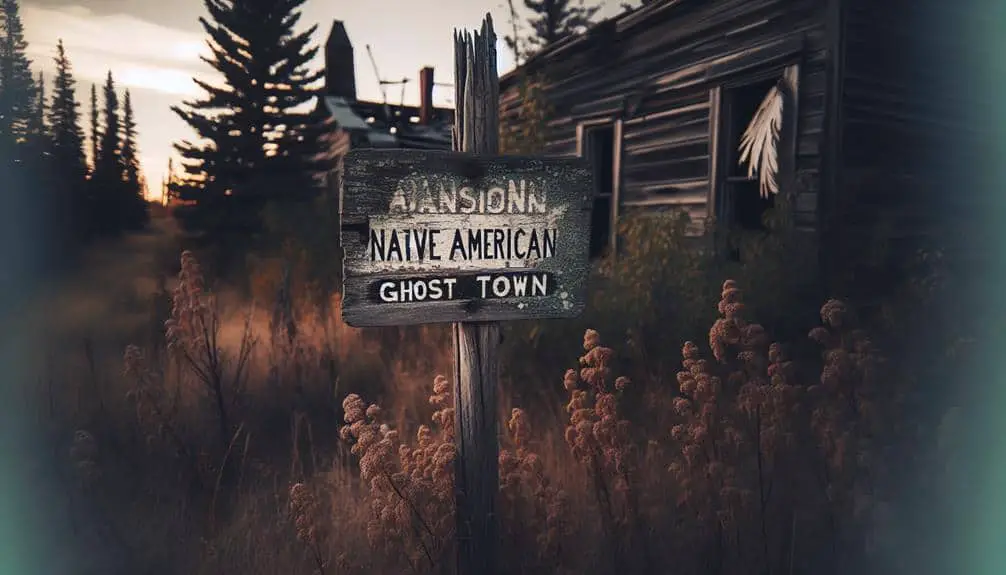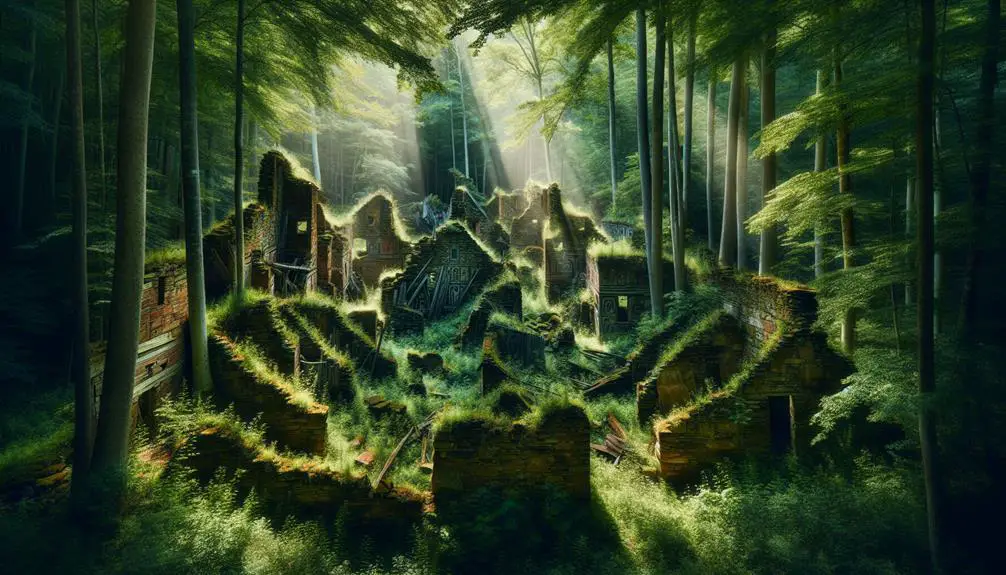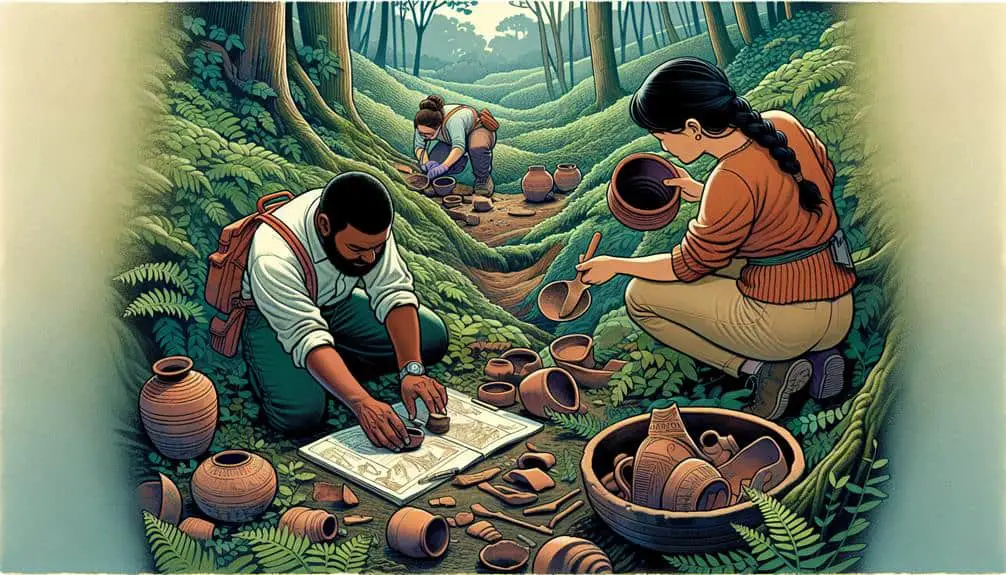Preserve Native American ghost town relics by using acid-free materials for storage to prevent deterioration. Maintain stable temperature and humidity levels to avoid mold growth. Handle relics with care, wear gloves, and monitor conditions regularly. Engage with local communities through educational events to raise awareness. Collaborate with groups to learn the history and significance of these sites. By safeguarding these relics, you protect the cultural heritage and stories of indigenous communities for the future. Further insights await on how to properly preserve these invaluable artifacts.
Key Points
- Use acid-free materials and climate control for relic storage.
- Educate local communities on the significance of these relics.
- Implement proper handling techniques to prevent degradation.
- Organize workshops and guided tours for awareness.
- Collaborate with local groups for shared responsibility.
Importance of Preserving Relics
Preserving relics of Native American ghost towns is crucial for safeguarding historical and cultural heritage for future generations. These remnants hold immense cultural significance, offering insights into the ways of life, traditions, and beliefs of indigenous communities. By safeguarding these artifacts, we guarantee that the stories and experiences of past civilizations aren't lost to time.
The historical preservation of Native American ghost town relics allows us to learn from the past, enabling us to understand the evolution of societies and the impact of colonization. These artifacts serve as tangible connections to our shared history, providing valuable lessons for present and future generations. Through the careful conservation of these relics, we honor the resilience and creativity of Native American tribes, preserving their legacies for years to come.
Proper Storage Techniques
To safeguard the longevity and preservation of Native American ghost town relics, implementing proper storage techniques is vital. Proper handling is essential to prevent damage to these historical artifacts. When storing relics, make sure to use acid-free materials such as archival boxes and tissue paper to prevent deterioration. Additionally, consider climate control to maintain ideal conditions. Extreme temperature and humidity fluctuations can cause irreparable harm to the artifacts.
Ensure the storage area is kept at a stable temperature and humidity level to prevent mold growth, warping, or cracking of the relics. Frequent monitoring of these conditions is necessary to address any changes promptly. Proper handling techniques, such as wearing gloves to prevent oils from skin contact, should also be observed when interacting with the relics to avoid contamination and degradation.
Engage With Local Communities
Engage with local communities by organizing educational events and outreach programs to raise awareness about the significance of Native American ghost town relics. Community involvement is vital in preserving these relics as it fosters a sense of shared responsibility and appreciation for their cultural significance. By collaborating with local groups, you can create opportunities for people to learn about the history and importance of these sites.
Organizing workshops and guided tours can help community members understand the value of these relics and the need to protect them. These events can also serve as platforms for discussions on how best to safeguard these historical remnants for future generations. By engaging with local communities in such meaningful ways, you can build a network of individuals who are invested in the preservation of Native American ghost town relics.
Furthermore, encouraging dialogue and collaboration can lead to innovative ideas for conservation efforts and sustainable practices. Through community involvement, you can create a united front dedicated to protecting and honoring these culturally significant sites.
Frequently Asked Questions
Are There Any Legal Restrictions or Regulations in Place for Removing Relics From Native American Ghost Towns?
Legal restrictions and ethical considerations govern relic removal from Native American ghost towns. Always research and respect the laws and cultural significance. Prioritize preservation over personal gain. Understand the impact and act responsibly.
How Can Individuals Contribute to the Preservation of Ghost Town Relics if They Are Not Able to Physically Visit the Sites?
Engage virtually with remote volunteering to safeguard ghost town relics. Your impact transcends physical boundaries, like a digital guardian preserving history. Share knowledge, fund preservation efforts, and raise awareness from afar.
Are There Any Organizations or Initiatives Focused Specifically on Preserving Native American Ghost Town Relics?
Community partnerships play an important role in preserving Native American ghost town relics. Organizations like XYZ and initiatives such as ABC focus on cultural awareness, funding sources, and educational outreach. Engaging with these entities contributes greatly to conservation efforts.
What Are Some Common Misconceptions About Ghost Town Relics That People Should Be Aware Of?
Common misconceptions about ghost town relics include assuming they lack historical value. Preservation techniques can be misunderstood as unnecessary. Like a hidden gem, these relics hold rich histories waiting to be uncovered and appreciated.
How Can Technology, Such as Drones or 3D Scanning, Be Utilized in the Preservation and Documentation of Ghost Town Relics?
You can enhance relic preservation through drone mapping for detailed aerial views and 3D modeling to create accurate digital replicas. These technologies offer precise documentation and aid in conservation efforts by capturing intricate details inaccessible through traditional methods.



